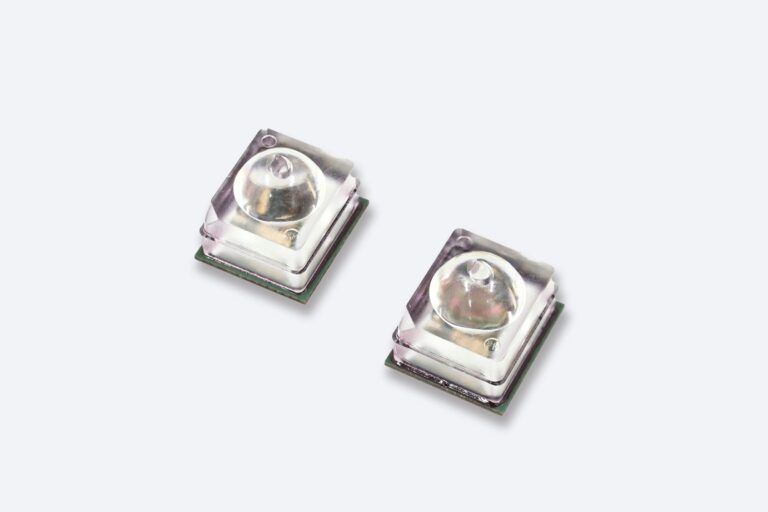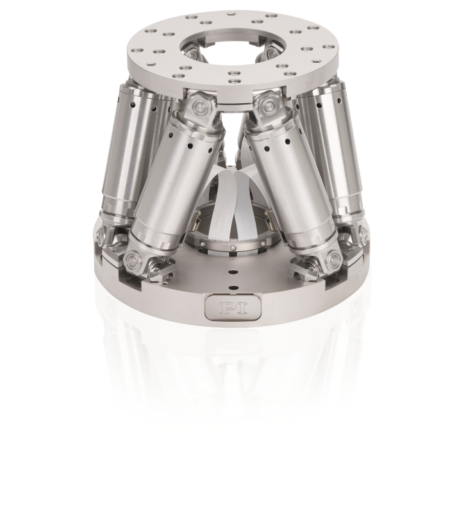Hamamatsu Photonics has developed an optical transceiver for spatial light transmission, enabling cable-free optical data communication with rotating objects.
The P16548-01AT is suitable for applications in sectors such as transportation, industrial machinery and medical devices, in cameras and connectors.
A compact integrated optical transmitter and receiver, it supports full-duplex bidirectional communication up to 1.25Gbps over spatial distances up to 100mm. The P16548-01AT maintains consistent performance, even during communication between a stationary object and those rotating 360°.
In addition to short-range board-to-board communication, the optical transceiver is suitable for data communication equipment with rotating mechanisms such as robotic manipulator arms, and omni-directional cameras. The transceiver solution also overcomes the limitations of traditional slip rings*, offering a reliable, maintenance-free alternative.
Sample products and evaluation kits can be obtained from Hamamatsu from this week.
The P16548-01AT optical transceiver integrates an optical transmitter that converts electrical signals into optical signals and an optical receiver that converts them back into electrical signals. These components are housed in a compact package opposite each other along the same optical axis.
This configuration enables full-duplex bidirectional communication up to 1.25 Gbps, whether between circuit boards at short distances from each other or components within a rotating mechanism. This provides a compact and cost-effective solution that ensures stable data communication.
In traditional systems, slip rings are often used to transmit and receive electrical signals between rotating and stationary components to avoid cable tangling. However, in the case of contact slip rings, the rotating brush and fixed metal ring gradually wear out, degrading the signal quality and requiring periodic maintenance.
The noise caused by vibration and friction also leads to gradual deterioration in signal quality. Our new optical transceiver overcomes these challenges by utilizing non-contact, spatial light transmission, ensuring consistent, high-quality communication.
The P16548-01AT features a vertical cavity surface emitting laser (VCSEL) for light emission, combined with a VCSEL driver capable of temperature compensation, thus allowing stable communication over a wide operating temperature range. Moreover, it also includes a high-speed photodiode for light reception and a signal processing IC that maximizes the photodiode performance characteristics, enabling high-speed operation.
When installed in rotating systems like robotic arms and omni-directional cameras, the P16548-01AT ensures signal quality by eliminating the limitations of traditional slip rings. This optical transceiver also supports lead-free reflow solder mounting where circuit boards are exposed to high temperatures up to 260°C (500°F).
Hamamatsu said it plans to expand its range of optical transceivers in response to market demand.





